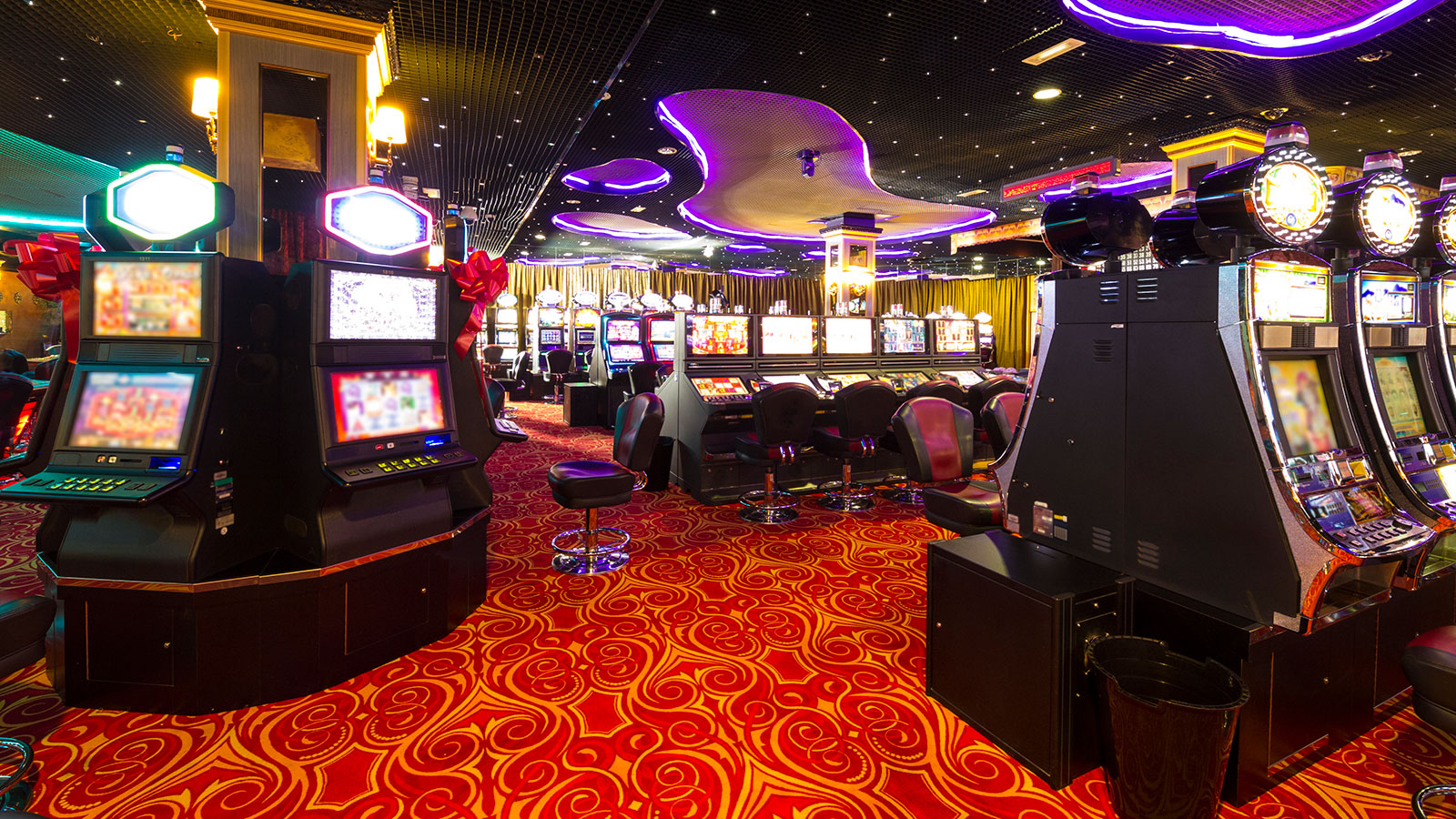
Gambling games have long been a fascinating entertainment option, drawing numerous of players from varied cultures around the globe. From the glitzy casinos of Las Vegas to the thriving gambling halls of the Chinese gambling capital, these games serve as a common thread that unites people across a variety of backgrounds. The allure of luck, tactics, and uncertainty entices not only those hoping to strike it rich but also those looking for a shared experience.
The influence of casino games extends far beyond the gaming floor. 79KING COM They often embody the values and principles of the communities in which they flourish. Games such as poker, blackjack, and the wheel game have embedded themselves into the mosaic of popular culture, influencing various aspects from films to style. As we explore this captivating intersection of chance and life, we can better understand how casino games shape and are shaped by the world around us.
Chronological Development of Casino Games
The beginnings of casino games can be followed back to old cultures, where betting in multiple forms was widely performed. In Ancient China, around two thousand three hundred years before Christ, a variant of gambling known as Keno was well-known, while in ancient Rome, soldiers would often wager on the consequences of their games. The idea of using chance for fun and profit developed over the years, leading to the establishment of more formal activities. By the end of the Middle Ages, betting houses began to surface in Europe, especially in Italy, which presented early incarnations of famous activities still played today.
As betting expanded recognition in Europe, the 17th and 18th centuries saw the emergence of gaming houses as dedicated locations for betting. The first official gaming venue, the Ridotto, was founded in the city of Venice in sixteen thirty-eight, featuring games like Baccarat games and Faro games. This period marked a major turning point, as gaming venues started to draw not just the elite but also the expanding middle-tier society. The sophistication of activities increased, leading to the introduction of new regulations and versions that enriched the gaming experience.
In the 19th century, the industrial age and transformations in societal norms further altered the environment of gaming games. The arrival of the game of roulette and modern one-armed bandits attracted a broader audience, and gambling establishments became seen as legitimate forms of recreation. This period witnessed the globalization of gaming, as casinos expanded from the continent to the New World, culminating in the establishment of the iconic Las Vegas Boulevard in the 20th century. The evolution of casino activities has continued into the modern era, incorporating new technologies and online platforms, rendering them available to a universal market.
# Cultural Significance across Different Societies
Gambling games have profound cultural significance within numerous societies throughout the planet. Places like Las Vegas, the very fabric of the urban landscape is woven around gaming venues, where playing is not just a hobby but a fundamental aspect of entertainment and social interaction. The bright lights and dynamic atmosphere attract millions, showcasing how casino games can shape local financial landscapes and cultural uniqueness. This environment transforms the notion of recreation into an engaging encounter that shapes apparel, music, and even film.
Conversely, some societies approach wagering with an air of caution, considering it through the lens of morality and customs. For example, in many Eastern societies, games like Mahjongg and Pai Gow Poker are full of history and possess significant social implications. These games are often played during meetings and occasions, fostering social ties and reinforcing family ties. The act of playing these games goes past mere amusement, reflecting values such as honoring elders and the significance of collective enjoyment.
At the same time, in Western countries such as the principality of Monaco and Italy, gambling activities serve as symbols of luxury and sophistication. The refined atmosphere of these establishments attracts both visitors and locals, maintaining a sense of status and exclusivity. The art of poker and the strategic features of games like baccarat are esteemed, molding social dynamics and cultivating an allure that fascinates a heterogeneous audience. This highlights how gambling can simultaneously reflect and mold cultural attitudes towards risk, gain, and social interaction.
Economic Impact and Tourism
Casino games play a significant role in the economic landscape of many areas, particularly those that rely heavily on tourism. The revenue generated from casino operations fuels local economies, creating jobs not only within the casinos themselves but also in related sectors such as hospitality, dining, and entertainment. This influx of tourists, drawn by the allure of games and the overall gaming environment, stimulates spending across multiple businesses, contributing to the economic health of the region.
The existence of casinos often leads to the development of infrastructure, including hotels, public transit, and recreational facilities. These developments are essential in enhancing the overall visitor satisfaction, making locations more attractive to tourists. Additionally, many casinos contribute in local communities through sponsorship of events and charitable activities, further embedding themselves into the social fabric of the region. Such contribution not only supports economic growth but also fosters a positive image of the gambling sector. https://79king.training/
In addition, the worldwide appeal of casino games drives tourism competition, with locations vying to attract gamblers from across the globe. Iconic destinations like Las Vegas and Macau have become identifiable with gambling culture, drawing millions each year. This advantage encourages innovation and diversification within the gambling sector, influencing developments in leisure and accommodation that extend beyond their borders. The consequences of this visitor influx extend far, impacting local economies and cultural exchanges on a global scale.
